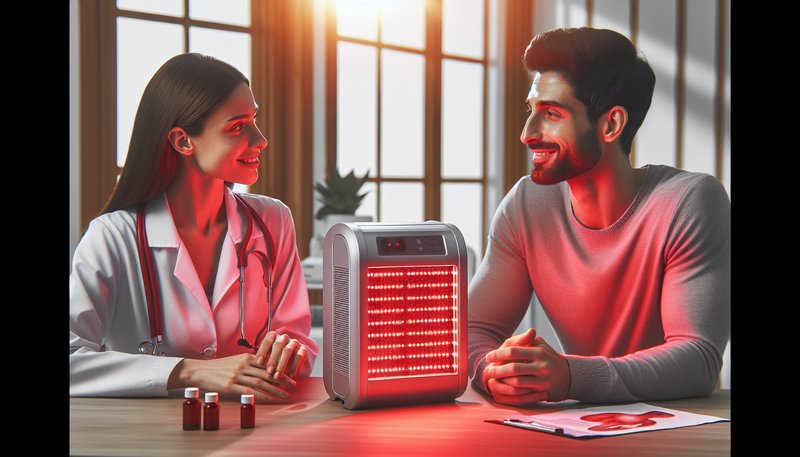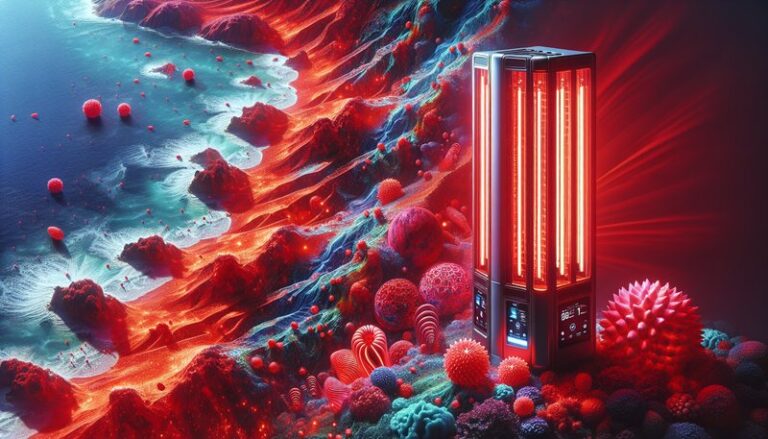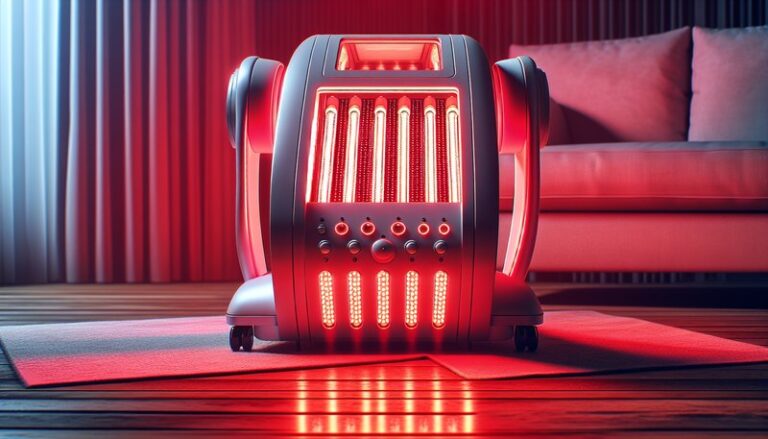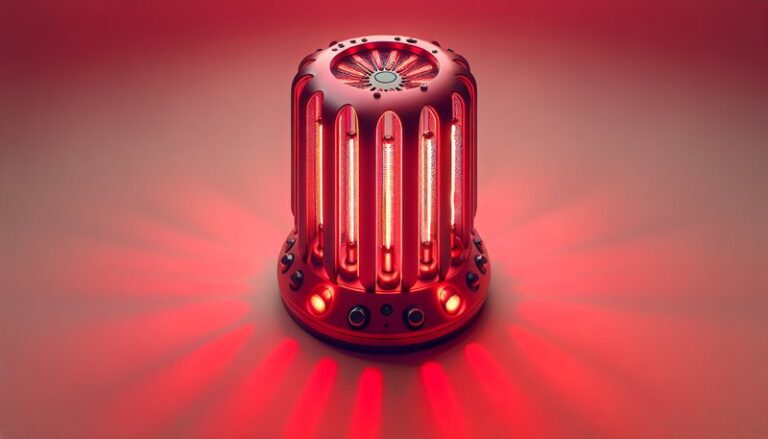What Do Doctors Say About Red Light Therapy?
Are you considering red light therapy for your health and wellness needs?
In recent years, red light therapy has gained attention for its potential benefits in promoting healing, reducing inflammation, and improving skin conditions. This article explores what medical professionals say about red light therapy, its benefits, considerations, and alternatives, providing you with a comprehensive understanding of this innovative treatment approach.
Key Takeaways
- Red light therapy uses low-level wavelengths of light to promote cellular repair and regeneration.
- Medical experts cite significant potential benefits, such as enhanced wound healing and reduced pain and inflammation.
- Individuals should consider various factors, including safety, efficacy, and costs, before starting therapy.
What is Red Light Therapy?
Red light therapy (RLT) is a treatment that involves exposing the skin to low levels of red and near-infrared light. This type of therapy is known for its ability to stimulate cellular processes, enhance mitochondrial function, and promote natural healing.
Developed in the mid-20th century, RLT has garnered robust attention in recent years as advancements in technology have made it more accessible. Doctors typically utilize it in a clinical setting, but there are also at-home devices available for personal use.
The therapy works by penetrating the skin and promoting blood circulation and collagen production, which can lead to various health benefits.
What are the Benefits of Red Light Therapy?
The following points explore the numerous advantages associated with red light therapy and the reasons why many doctors advocate for its use.
Wound Healing
One of the most notable benefits of red light therapy is its effectiveness in promoting wound healing. Studies have shown that RLT can accelerate the repair of damaged tissues, making it beneficial for post-surgical recovery and chronic wounds.
Pain Relief
Many doctors recommend red light therapy for patients experiencing chronic pain conditions such as arthritis and fibromyalgia. By reducing inflammation in affected areas, RLT may provide significant relief without the need for medications or invasive procedures.
Improved Skin Health
Red light therapy has become popular in dermatology for its ability to improve skin tone and texture, reduce wrinkles, and treat conditions like acne and psoriasis. Medical professionals find it valuable for non-invasive facial rejuvenation.
Enhanced Muscle Recovery
Athletes and fitness enthusiasts frequently use red light therapy to accelerate muscle recovery after workouts. The therapy helps reduce muscle soreness and fatigue, leading to faster performance recovery.
Is it Possible to Perform Red Light Therapy at Home?
Red light therapy can be performed at home using various devices designed for personal use. Many individuals opt for at-home solutions due to convenience and cost-effectiveness.
What are the Advantages of At-Home Red Light Therapy?
Using red light therapy at home offers several advantages, including:
- Convenience: Enjoy therapy on your schedule without the need for appointments.
- Cost-Effectiveness: Investing in an at-home device can save money compared to multiple clinic visits.
- Consistent Treatment: Regular use allows for ongoing treatment tailored to individual needs.
What are the Disadvantages of At-Home Red Light Therapy?
While at-home RLT devices offer benefits, there are some disadvantages:
- Limited Professional Guidance: Users may not have access to professional advice regarding proper use and settings.
- Device Quality: At-home devices vary significantly in quality and effectiveness, making research essential before investing.
- Potential for Improper Use: Without proper understanding, individuals may misuse devices or fail to achieve desired results.
What are the Things to Consider Before Starting Red Light Therapy?
Before diving into red light therapy, individuals should be mindful of several important factors.
Discover the analysis in Frequency of Facial Red Light Therapy.
Safety Precautions
Ensuring the device is FDA-approved and safe for use is crucial. Consulting with a healthcare professional can help identify any health conditions that may contraindicate therapy.
Duration and Frequency of Treatment
Understanding recommended treatment duration and frequency can impact results. Medical professionals generally suggest sessions lasting between 10-20 minutes a few times a week based on individual needs.
Expected Outcomes
Setting realistic expectations is essential. While many experience positive results, some may need more time to notice changes, and others may not respond as anticipated.
What are the Alternatives to Red Light Therapy?
Several alternatives to red light therapy exist for those seeking similar benefits without using light treatment.
See the full explanation Does RLT grow hair?
Low-Level Laser Therapy (LLLT)
Similar to RLT, LLLT uses lasers to stimulate cellular function. It is often used in clinical settings for pain management and tissue repair.
Cryotherapy
Incorporating extreme cold to treat muscle injuries and inflammation, cryotherapy is another option. While effective, it works differently from light therapy and may not provide the same benefits.
Electrical Stimulation Therapy
This technique involves applying electrical currents to stimulate muscles and reduce pain. It can be beneficial for rehabilitation but may not address skincare or wound healing as red light therapy does.
Conclusion: Is it Recommended to Try Red Light Therapy?
Based on the insights shared by healthcare professionals, red light therapy offers promising benefits for various conditions. However, it is essential for individuals to consider their unique health situations and consult with a doctor before starting treatment. If you decide to move forward, ensure you choose reputable devices and understand how to use them effectively.
Frequently Asked Questions
Is red light therapy safe?
Yes, red light therapy is generally considered safe when guidelines are followed and used with FDA-approved devices. Consultation with a healthcare professional is advised before starting.
How long until I see results?
Results vary from person to person. Some may notice improvements within a few sessions, while others may require several weeks of consistent treatment to see significant changes.
Can red light therapy help with acne?
Yes, many dermatologists endorse red light therapy for acne treatment, as it can reduce inflammation and promote healing in the skin.
Can pregnant women use red light therapy?
Pregnant women should consult their healthcare provider before starting red light therapy, as the effects can vary based on individual health conditions.
What should I look for in an at-home red light therapy device?
Look for FDA-approved devices, reputable brands, and customer reviews. Devices should specify wavelength and coverage area to ensure effectiveness for your intended use.






